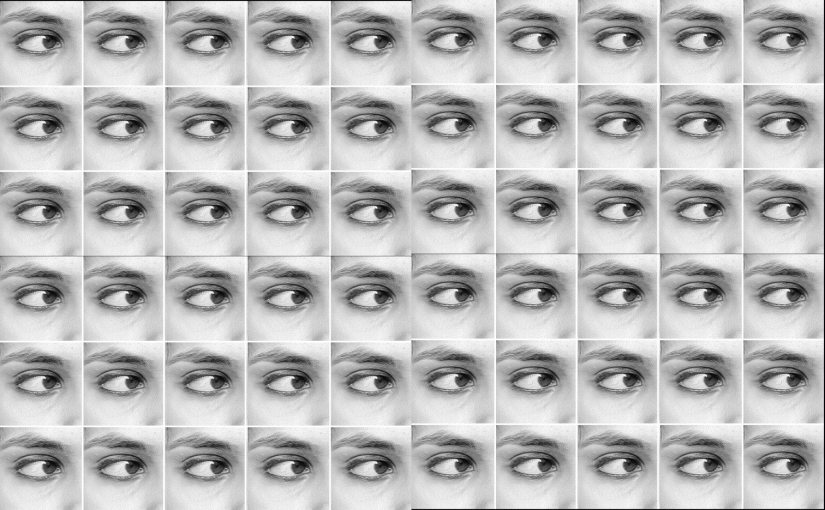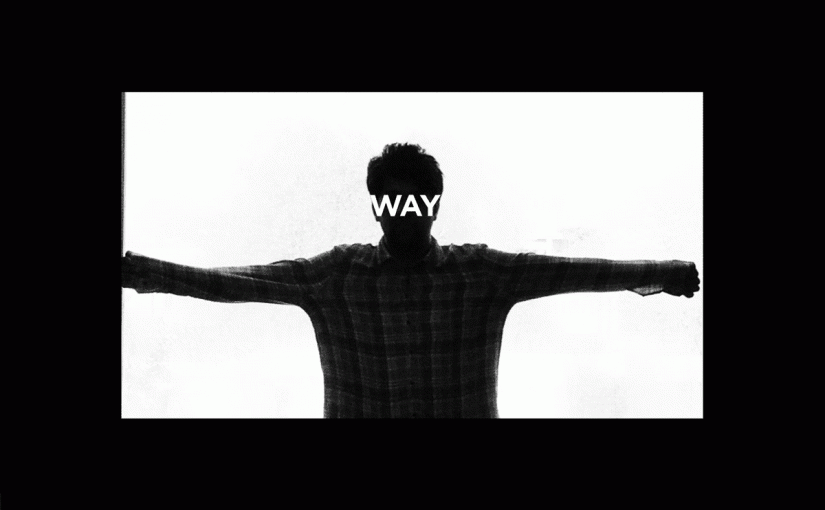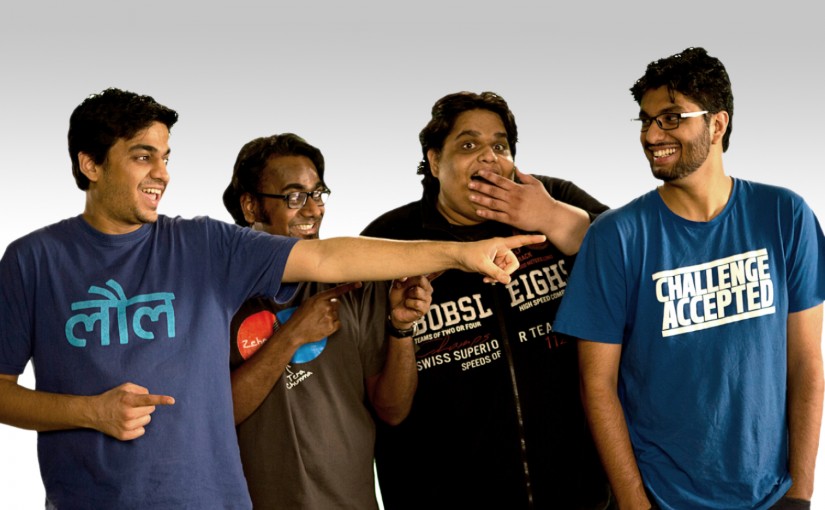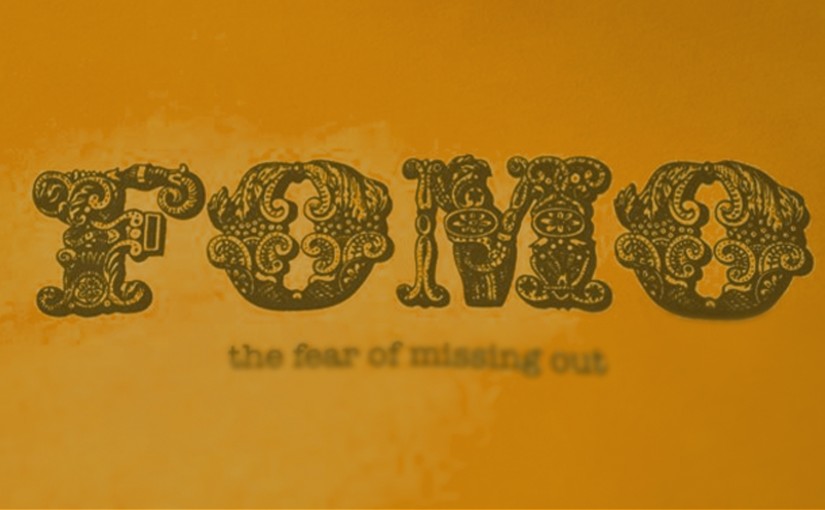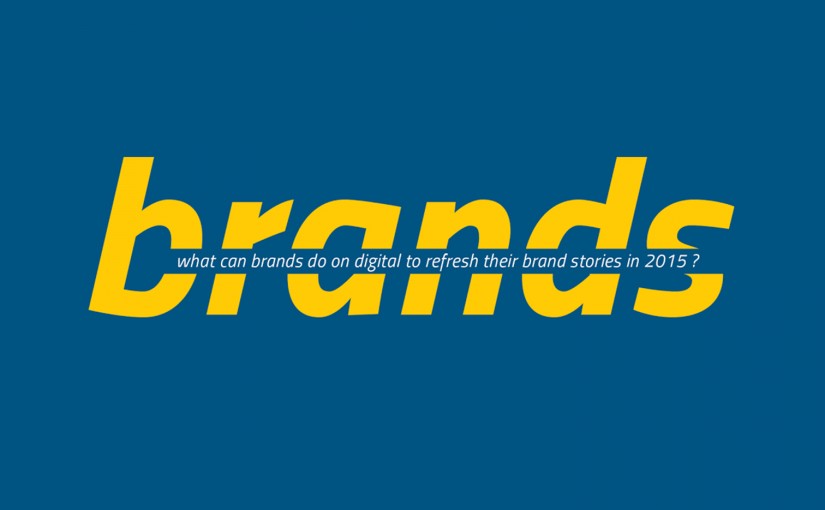Drop us a few lines about the task and we will get back immediately to see we how we can take the discussion forward. Alternately, just pick up the phone and speak with us at +91 9910034330 and we would be happy to help.
- - Do tell us a little about the nature of your business.
- - Be specific about what you’d like us to help you with.
- - Knowing your budget always helps us plan a suitable intervention.
- Blog
My ‘Socratic Dialogue’ with Rajesh on Facebook Engagement
-
My ‘Socratic Dialogue’ with Rajesh on Facebook Engagement
I had an interesting discussion on Facebook marketing this morning with Rajesh, this one ended up being a quasi-Socratic dialogue of sorts :).He insisted that the discussion merits being documented through a post and so here it is…
When I joined Blogworks, there were certain concepts and fundamentals that formed the basis of most discussions on programme level strategy for brands and organisations. One of the concept that was widely spoken about was –
“To kick-start a community, first focus on building the nucleus; reach a critical mass to see organic engagement kick-in; as/ once virality sets in, you will find that the cost of acquiring new acquisition fans would drop and over a period of time the spends could come down.”
Since this was a thought from about 4-5 years ago and I have been wondering with the evolution of social media marketing over past couple of years (in Indian context, mostly with changes in Facebook) does this concept still hold true. Here were reasons for my scepticism –
- Thanks to Facebook’s EdgeRank algorithm only an average of 16% fans of a page are ‘actually’ engaged with the page
- Hence, as a marketer I cannot engage with 84% of the fans that I accumulated through a slew of activities (organic and paid)
- To engage this 84%, I would still need to pay a recurring cost to Facebook (Promoted Posts etc)
- With the EdgeRank giving higher weightage to images and videos, even the ‘organic’ engagement on the Timeline does not come without a cost. You got to spend money on design and content to stay in contention in the fan’s timeline
- In the above context, does it make any sense to try and widen the fan base when 84% of it is anyways hidden behind a wall. Isn’t a marketer better, focusing on ways to increase weightage of his/her brand’s content in the EdgeRank through engagement, divert funds to engagement than building a larger community based on what I called ‘notional’ nucleus
- In what ratio should a marketer apportion spends on ads, organic engagement and app development to maximise value? The Facebook team mentioned during the IndiaSocial Media Summit, that the ratio of ads should be 3 times of the spends on ad development to derive value (I mentioned this to an app developer who said it depends on who answers the question, as an app developer he would reverse the ratio!)
Rajesh had some interesting responses and I am sharing some of the key points he shared –
- There is nothing called ‘Free Marketing’. There is always a cost which is either time or money. A digital marketer incurs costs from hosting servers, email marketing across a range of activities, it is foolish to expect that you can incur a one-time cost for a recurring engagement
- The ratio of ads:apps:timeline engagement cannot be defined by a universal ratio, it can only be meaningfully defined by the objectives of the brand. Example, if you are a book publisher and your objective is to get 50,000 downloads, an application of Rs 10,000 and a 3 times ad spends may not be enough to reach the expected outcome and hence you may spend 20 times
- The concept of building the nucleus remains relevant. The size of the community is an ever evolving goal post. Using the same publisher example, even the most highly engaged community members would buy at most 1-2 books, you need to expand the fan base to expand the book sales. Further, in this case the community itself is not homogeneous but in fact heterogeneous – a chic-lit reader may have no interest in mythology, hence the need for readers of both the variety
The morning discussion spilled on to the lunch table where I asked if spends on Timeline engagement (on-going engagement) are not better than app/tab engagement (low shelf life + recent reports of falling engagement for tabs) and a strong rebuttal came from other colleagues quoting relevant client cases on how the two can be used in conjunction for both the multiplier effect and as a means for recurring engagement.
Rajesh had the final word – don’t get caught only at the impact, think about the outcome. I hear you! :)
Disclaimer: Views of authors are personal and do not represent the views of Blogworks, or any of its clients.
-
Contact
conversations@blogworks.in
+91-9910034330 -
Newsletter
-
Social










